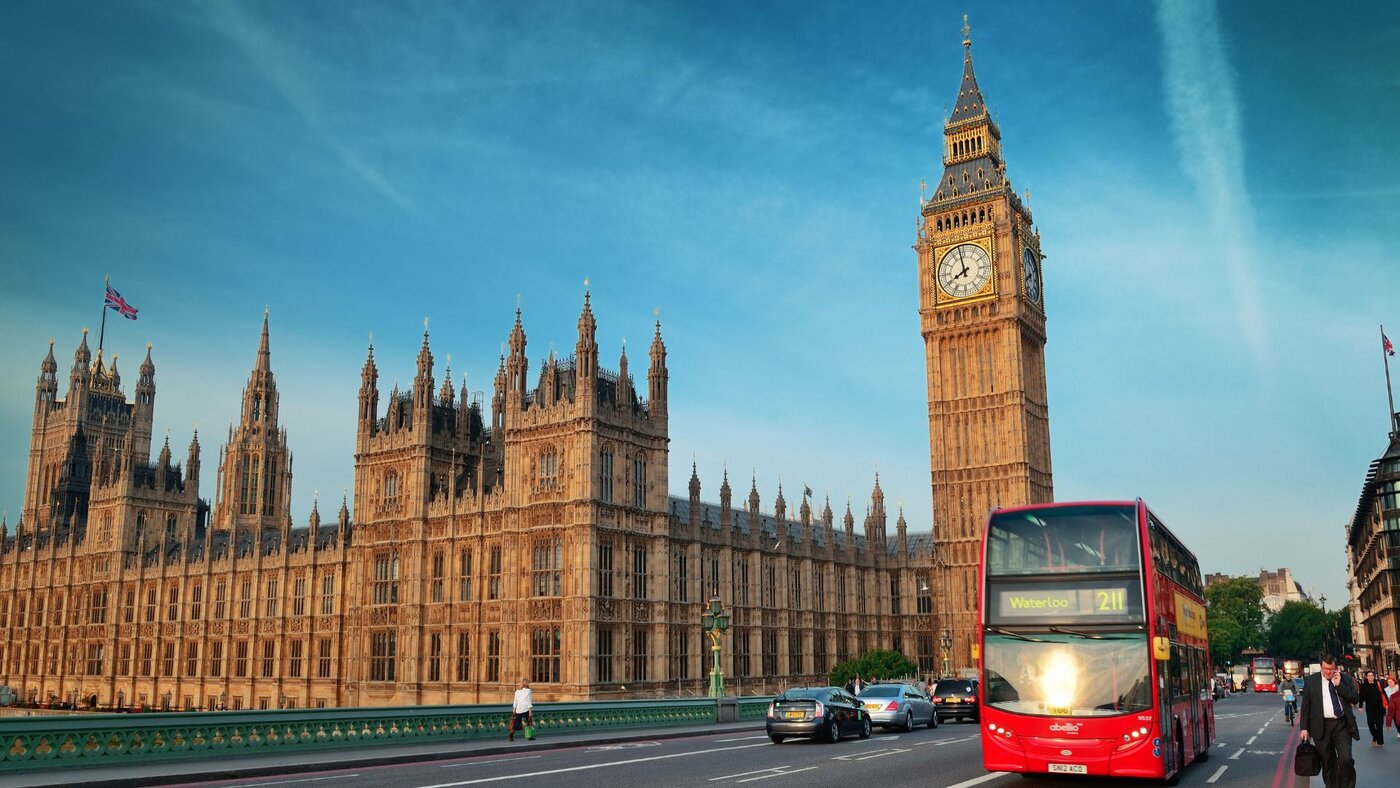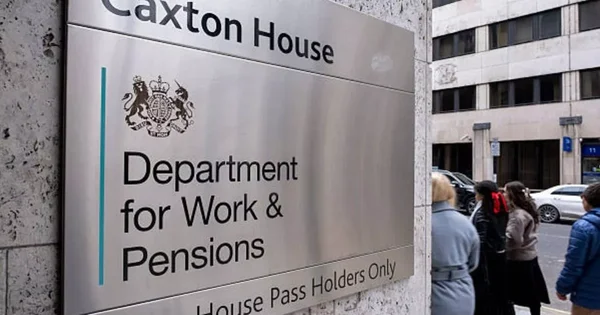The 2025/26 tax year is well underway, yet HMRC is still posting out updated tax codes and many workers are discovering that their take-home pay is being reduced because of savings interest.
Since 6 April 2025, when the new tax year began, HMRC has been adjusting codes for employees and pensioners. These updates reflect changing personal circumstances such as higher wages, additional income, or bank interest that pushes savers over their Personal Savings Allowance (PSA).
For some, the changes are a shock. One UK worker recently shared their experience on Reddit’s Personal Finance forum, explaining that their tax code had shifted from 1250L to 1151L, with a £1,060 deduction applied to their personal allowance. They wrote:
“I’ve been in the same job for years and my pay hasn’t changed since April. I don’t understand why HMRC is taking this off my allowance.”
Another user replied with the explanation:
“They’re doing this to everyone who has savings. Your bank has reported your interest, and HMRC has adjusted your code accordingly.”
Why HMRC is updating tax codes now
HMRC reviews taxpayers’ income annually, using information from employers, pension providers and banks. If new data shows you are set to earn more savings interest than allowed, your tax code is changed so that the correct tax is collected directly through PAYE.
While many expect these changes only in April, tax codes can be updated any time during the year. If a bank reports higher-than-expected savings interest, or if your income rises, HMRC adjusts your code mid-year to avoid a large bill later.
Savings interest and your Personal Allowance
The Personal Savings Allowance (PSA) allows you to earn a limited amount of savings interest each tax year before tax is due. The allowance depends on your income band:
- Basic rate taxpayers (20%): earn up to £1,000 interest tax-free
- Higher rate taxpayers (40%): earn up to £500 interest tax-free
- Additional rate taxpayers (45%) (income over £125,140): no allowance
Anything above this is taxed at your usual income tax rate. Instead of waiting until year-end, HMRC tweaks your code so tax is deducted in real time from your wages or pension.
Real-life confusion over sudden code changes
The Reddit example illustrates how confusing these updates can be. Most people assume a tax code only changes with a new job or pay rise. In reality, your code can change even if your salary stays the same because of savings, benefits, or other income streams.
This can leave employees puzzled when they suddenly see lower net pay. Yet HMRC insists this system ensures people don’t face a surprise tax bill at the end of the year. Instead, adjustments are spread out over the months ahead.

How much savings interest is tax-free?
Your tax-free savings allowance is separate from your Personal Allowance (£12,570 in 2025/26). However, they interact closely. If your savings interest is above the PSA, your Personal Allowance is effectively reduced via your tax code.
It’s worth remembering that money held inside an ISA (Individual Savings Account) is always tax-free, regardless of how much interest you earn. The annual ISA limit is £20,000, so using ISAs can protect more of your savings from HMRC deductions.
When and why HMRC updates codes mid-year
Charity TaxAid notes that HMRC doesn’t just send new codes in April. Codes can be updated at any point if HMRC is informed of changes in your financial circumstances.
As HMRC explains:
“If you go over your allowance, you pay tax on any interest over your allowance at your usual rate of Income Tax.
If you’re employed or get a pension, HMRC will change your tax code so you pay the tax automatically.”
This ensures tax is collected gradually rather than in one large lump at the end of the year.
What to do if your Tax Code looks wrong
If you’re worried your new tax code is inaccurate, you can:
- Check your payslip for the code applied.
- Use the HMRC app to see how your code was calculated.
- Contact HMRC if figures look incorrect.
Even if you’ve been overcharged, HMRC carries out an end-of-year reconciliation. If you’ve overpaid, you’ll get a refund. If you’ve underpaid, HMRC will issue a bill explaining how to settle the balance.

Tax Codes in the bigger picture of Financial Planning
Understanding tax codes is just one part of smart tax planning. Savers and investors can use other tools to manage their liability. For example, the Enterprise Investment Scheme (EIS) and Seed Enterprise Investment Scheme (SEIS) offer significant tax reliefs that go beyond the Personal Savings Allowance.
Meanwhile, if you’re earning money from a side hustle, don’t miss our piece on HMRC’s side hustle crackdown. These are the areas where tax codes, allowances, and HMRC reporting overlap and where staying proactive helps you keep more of your hard-earned money.
Final Summary
HMRC tax codes cut savings allowances
HMRC’s mid-year tax code adjustments are unsettling many workers who see their take-home pay reduced despite no change in salary. Yet these updates reflect a broader system designed to keep tax collection accurate and timely, especially as rising savings interest pushes more people over the Personal Savings Allowance.
The changes highlight the importance of understanding how allowances work and how tax codes are calculated. Using ISAs can shield up to £20,000 per year from tax, while schemes like EIS and SEIS offer reliefs for those looking at investment strategies. For freelancers and side hustlers, keeping an eye on allowances is just as critical.
Ultimately, your tax code isn’t fixed it evolves with your financial circumstances. Staying informed and checking your code regularly can help avoid surprises, and when in doubt, the safest option is to check with HMRC directly.









